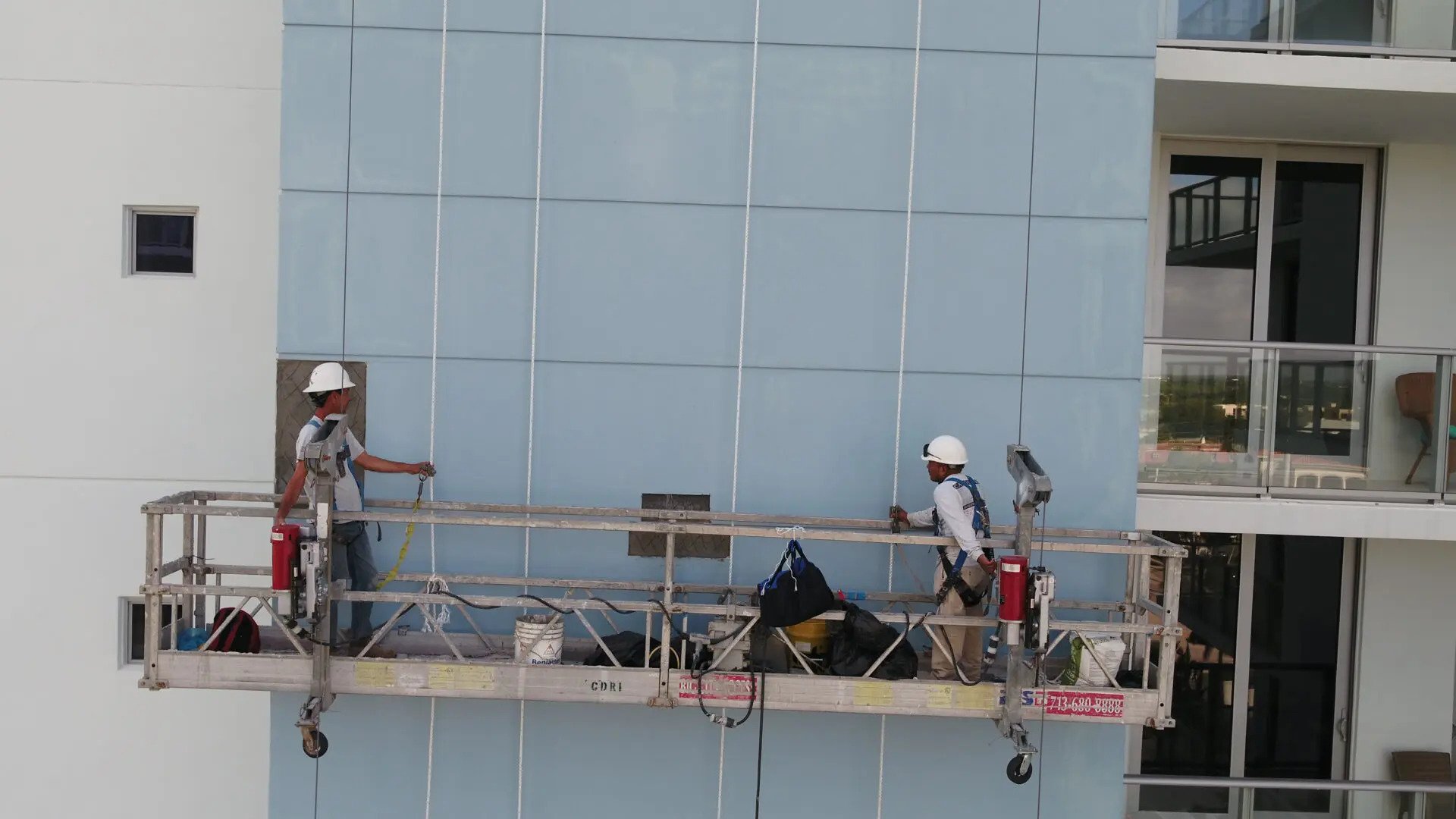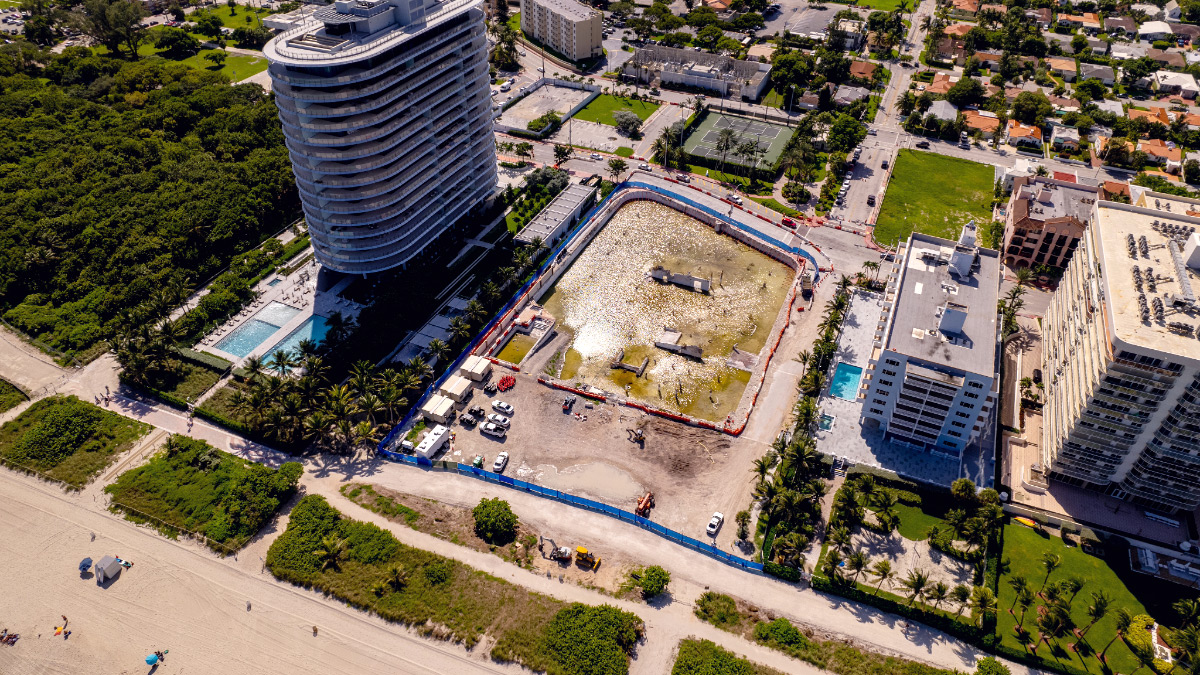
What are some primary differences between the Phase 1 Milestone visual examination and the visual examination associated with the Structural Integrity Reserve Study (SIRS)?
- The Phase 1 Milestone Inspection is a structural inspection of a building’s primary structural systems, whereas the SIRS requires a visual inspection of the roof, load bearing walls or other primary structural members, floor, foundation, fireproofing and fire protection systems, plumbing, and any item with a deferred maintenance or replacement cost that exceeds $10,000.
- Buildings that are three or more stories in height must have a “milestone inspection” of the buildings’ structural integrity when a building reaches: 30 years of age and every 10 years thereafter, or 25 years of age and every 10 years thereafter if the building is located within three miles of a coastline, whereas condominium associations and cooperative associations must complete a structural integrity reserve study every 10 years for each building in an association that is three stories or higher in height.
- The Milestone Inspection requires a phase two inspection if there is evidence of “substantial structural deterioration” as determined by a phase one inspection.
What are some similarities between the Milestone Inspection and the visual examination associated with the Structural Integrity Reserve Study (SIRS)?
- Both inspections must be performed by a licensed engineer or architect.
- A developer must have a structural integrity reserve study completed for each building in the association that is three stories or more in height before turning over control of an association to the non-developer unit owners, and the developer’s turnover inspection report must comply with the milestone inspection requirements.
- It is a breach of a board member or officer’s fiduciary duty if an association fails to complete a structural integrity reserve study or milestone inspection.
About the Author

With a comprehensive background spanning public and private projects, Scott’s proficiency encompasses structural engineering design, construction oversight, and forensic analysis. His role involves investigating structural failures, construction defects, and code compliance to ensure project integrity while upholding safety standards and building codes. Beyond his investigative prowess, Scott is a skilled design engineer, contributing to diverse architectural facets including building envelope systems and designs for various materials. His extensive portfolio includes projects ranging from residential designs to commercial structures like warehouses and piers. Across all phases of project development, from conception to inspection, Scott’s dedication to innovative and compliant engineering solutions shines through.
Contact me for more information: info@buildingmavens.com






